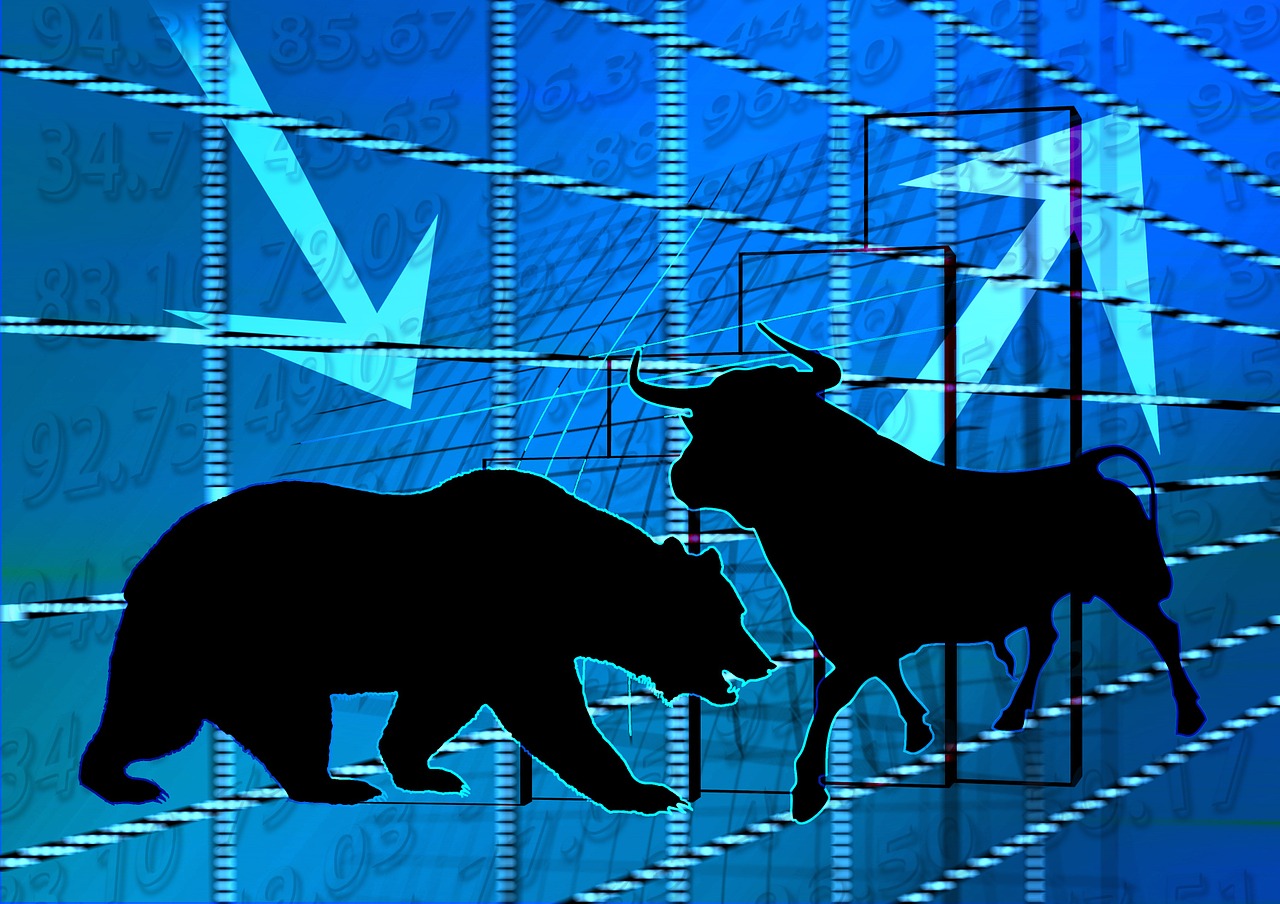All we get from the bears all the time is whining and complaining. What is it they want?
[timeless]
Q1 hedge fund letters, conference, scoops etc, Also read Lear Capital: Financial Products You Should Avoid?

Really, they just want things to return to normal.
But what is “normal?”
I define normal as follows: when you can get stocks with single-digit P/Es and 6% dividend yields.
Is that even possible?
No Cheap Stocks
The last time you had an opportunity to buy “cheap” stocks was in 2009. But we were in the middle of a financial crisis/depression, and the environment was very distressed.
It took some courage to buy cheap stocks. GE traded down to 6 bucks, for example, but a lot of people thought it could go to zero.
Going back further, people tend to associate the dot-com bubble with the most expensive stocks in history. That is true, but valuations were bimodal. Value stocks were as cheap as ever.
The first stock I ever bought when I opened my first brokerage account in 1999: Philip Morris, which had a low single-digit P/E and a huge dividend, right before the $252 billion master settlement.
Just to show that the market has a sense of humor, I sold it nine months later. If I had held on for 20 years, it would have been a retirement trade.
Anyway, lots of cheap stocks back then. Lots of expensive ones, too. But if you didn’t like the expensive ones, there were cheap ones.
That’s what people are so grumpy about today—no more cheap ones.
If you really scrounge around now, you could find something that is screening cheap, but it is probably genuinely distressed and you wouldn’t want to touch it.
I don’t consider myself to be a full-fledged value investor, but I feel like overpaying for stocks is a negative expected value bet in the long run (even though it has worked, in recent history).
Rates and Volatility
The bears also wish we would get back to normal levels of interest rates and volatility. And you know what? That is (kind of) happening!
I’d actually say that the Fed is pretty close to what I’d consider equilibrium Fed funds. If I were Jay Powell, I would hike to 2.5% and be done with it, and then step back and observe if there were any meaningful moves in inflation.
Meanwhile, volatility went up a lot in February. But in order to get volatility meaningfully higher—to what I’d call “normal” levels of 15 to 20 in the VIX—you are going to have to change behavior.
Blowing up XIV apparently didn’t do the trick. People are back selling vol.
Price-Insensitive Buying
This is important. If I had to name the number one distortion in today’s market (that didn’t exist 20 years ago), it is price-insensitive buying.
In the old days, if the price of a stock you liked went up, you might rethink buying the stock. This is simple supply-demand diagram stuff from your economics class.
Nowadays, there are certain classes of investors who don’t really care what the price of the stock is when they buy it. For instance, index fund investors. Index fund investors buy cheap stocks and expensive stocks indiscriminately.
Remember, prices are signals, and when the signals stop working (insert the Law & Order “bonk bonk” sound here), capitalism stops working.
There is also price-insensitive option-selling—there are overwriters and put writers who will sell an option regardless of its implied volatility. If there is any premium at all, they will attempt to collect it.
And of course, we can’t forget stock buybacks, which might in fact be price-sensitive buyers—but the other way around! Companies would rather pay higher prices than lower prices for their own stock. That’s messed up.
It is not unheard of for a company to cancel its own buyback if the price of the stock begins to drop. Look at all these buyback announcements—all the stocks are on the all-time highs.
1982
I was born about 15-20 years too late. I wish I was of investing age in 1982, when we had single-digit P/Es and big fat dividend yields.
I know what you’re thinking. You’re thinking I’m such a bear that I would have been scornful of stocks even then.
I don’t think so. Dividend yields in the S&P 500 are 2%. If they were 4%, I would be buying stocks.
So as far as markets goes, what constitutes “normal?” Is this normal? Is it the new normal?
I’m not that old. I’m 44. I’ve heard that question asked twice in my career, and I’ve heard it answered twice—with a resounding… No. There is nothing new under the sun. The only thing unusual about this particular trend is how long it has been in place.
Grab Jared Dillian’s Exclusive Special Report, Investing in the Age of the Everything Bubble
As a Wall Street veteran and former Lehman Brothers head of ETF trading, Jared Dillian has traded through two bear markets.
Now, he’s staking his reputation on a call that a downturn is coming. And soon.
In this special report, you will learn how to properly position your portfolio for the coming bloodbath. Claim your FREE copy now.
Article by Mauldin Economics

